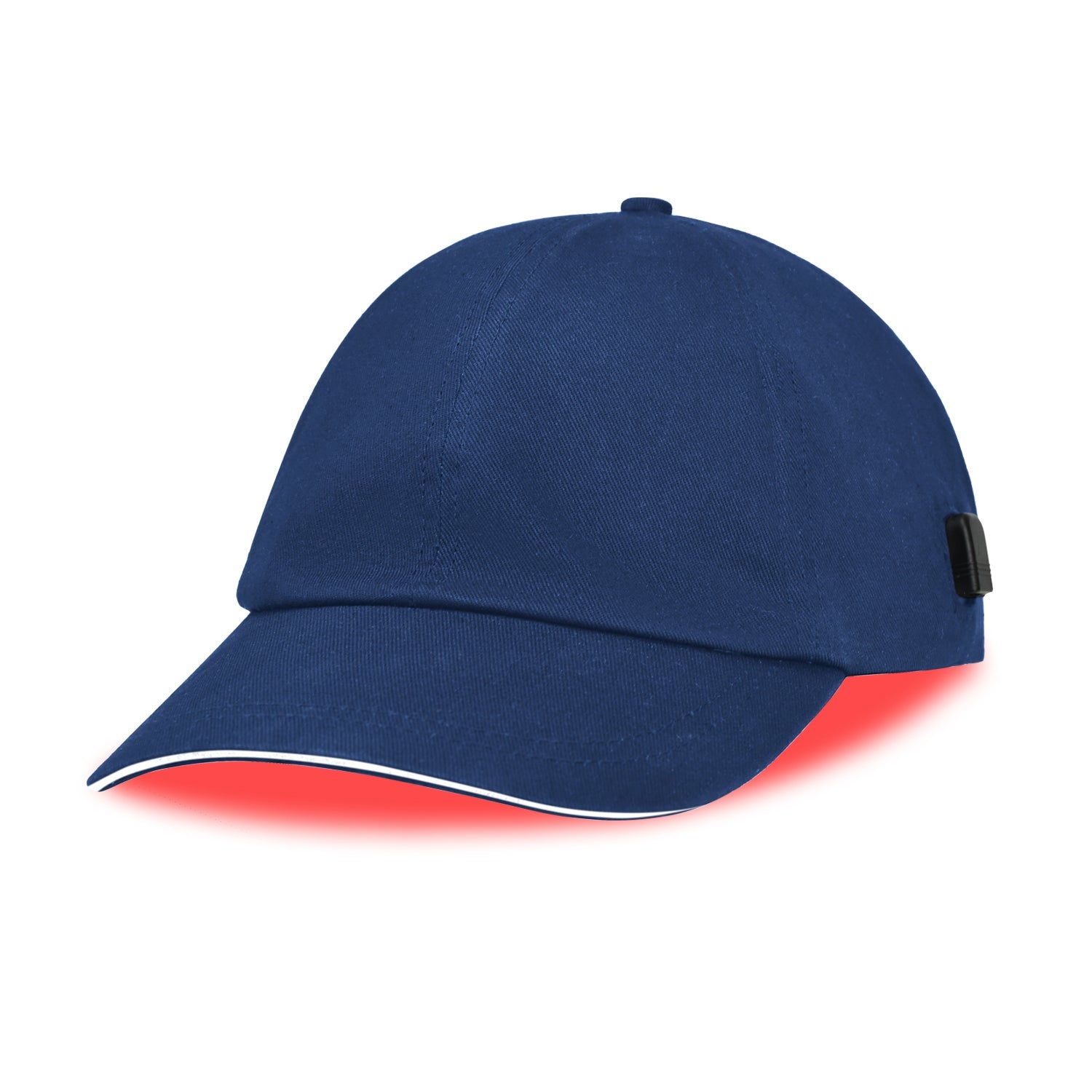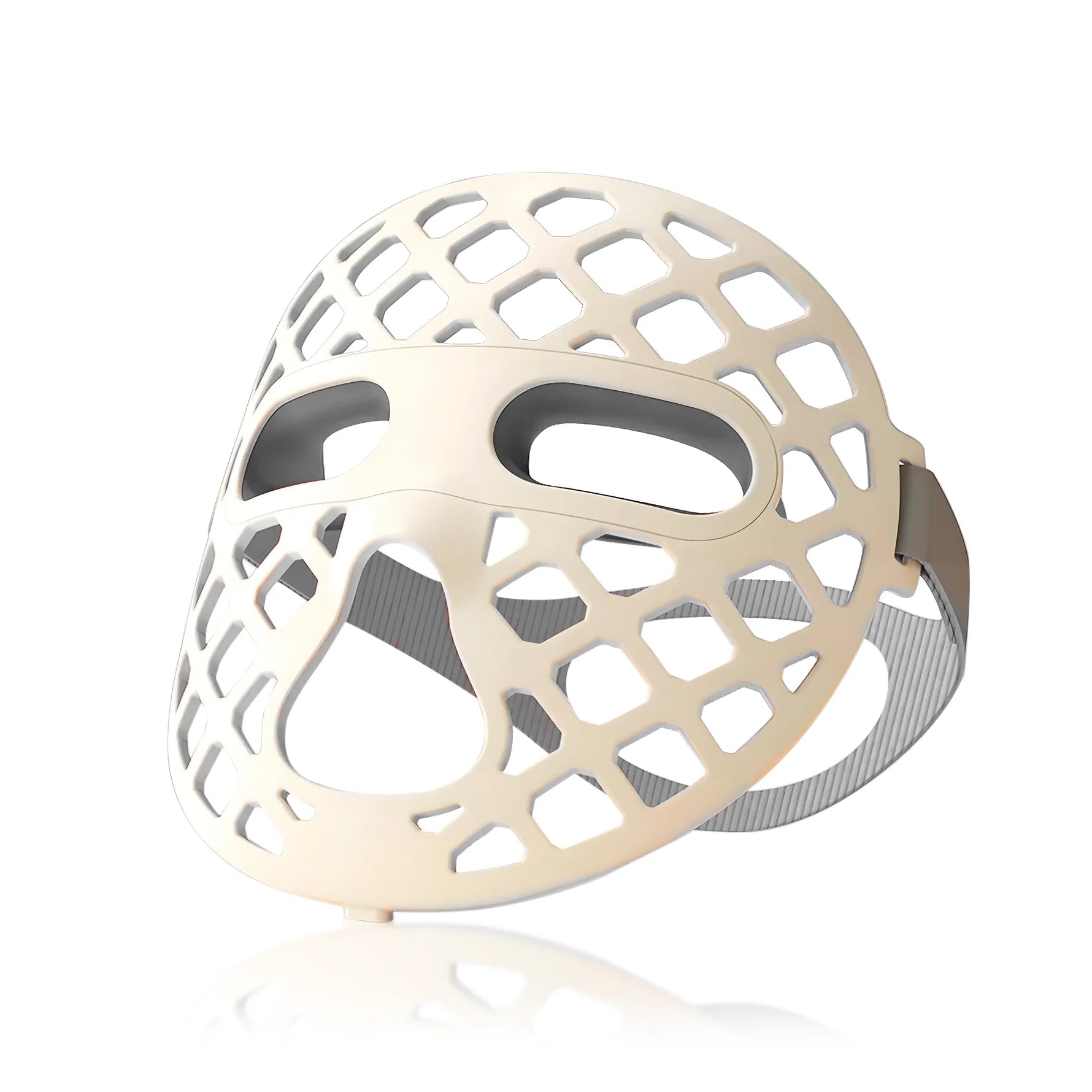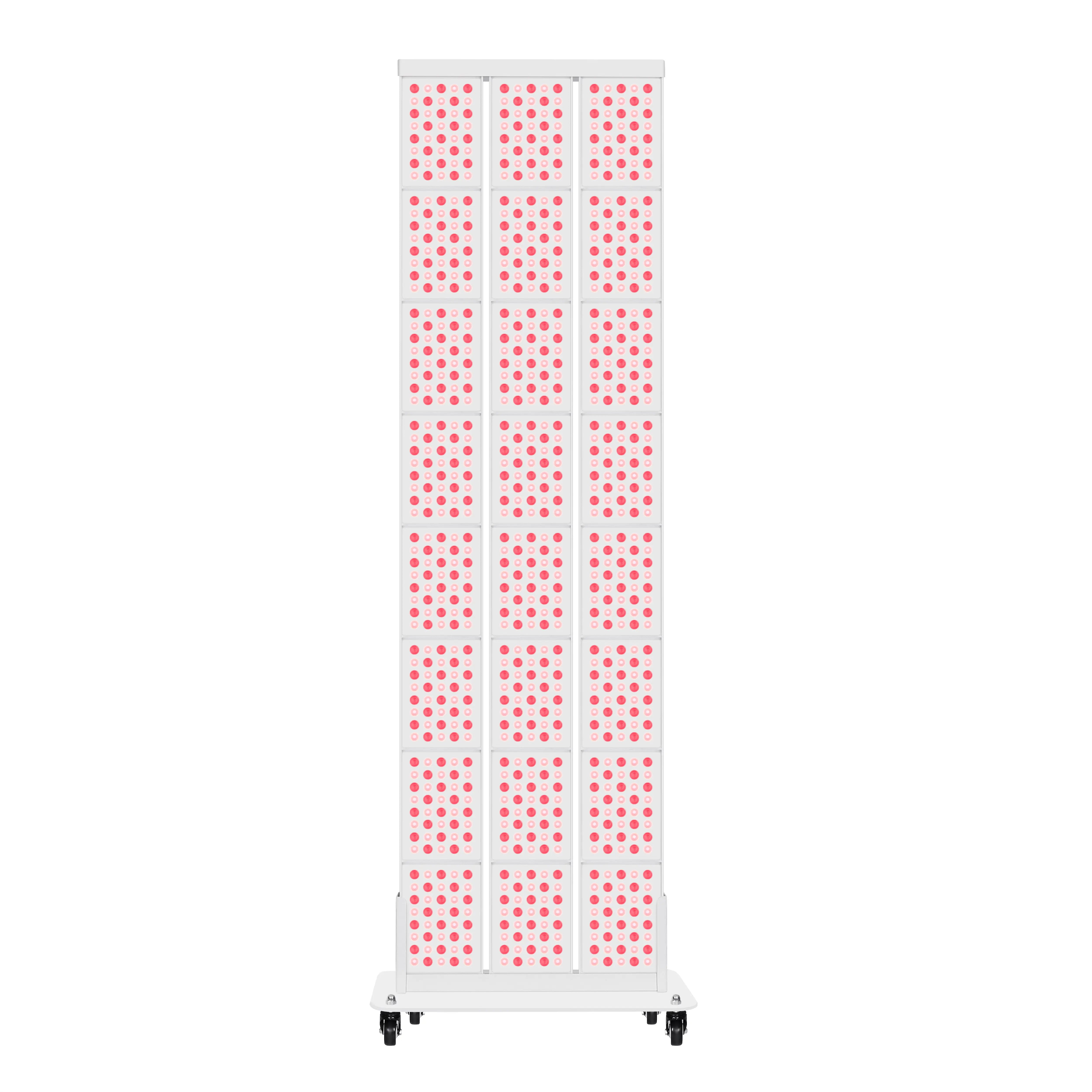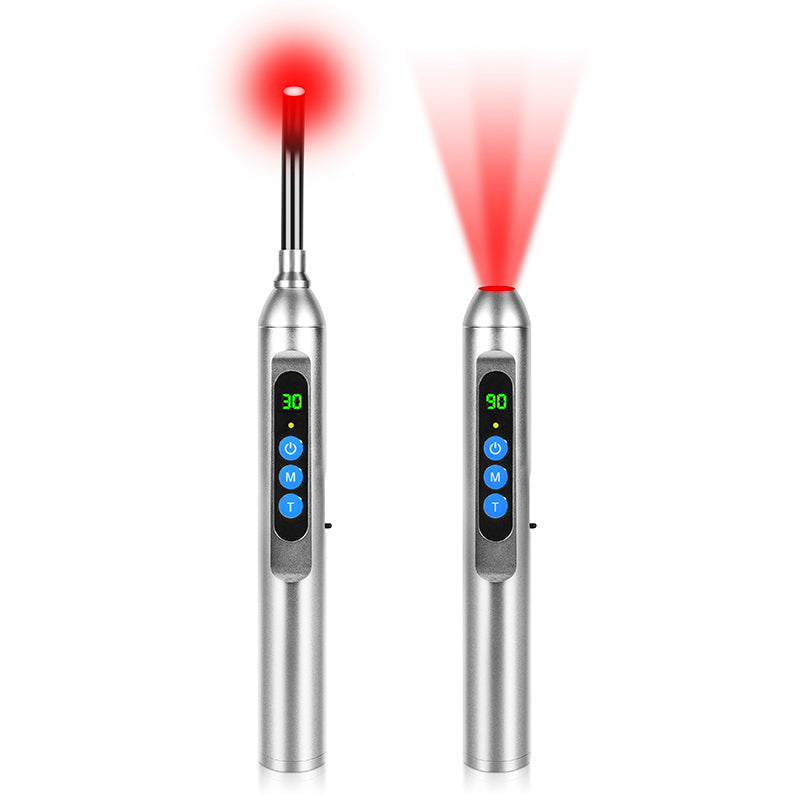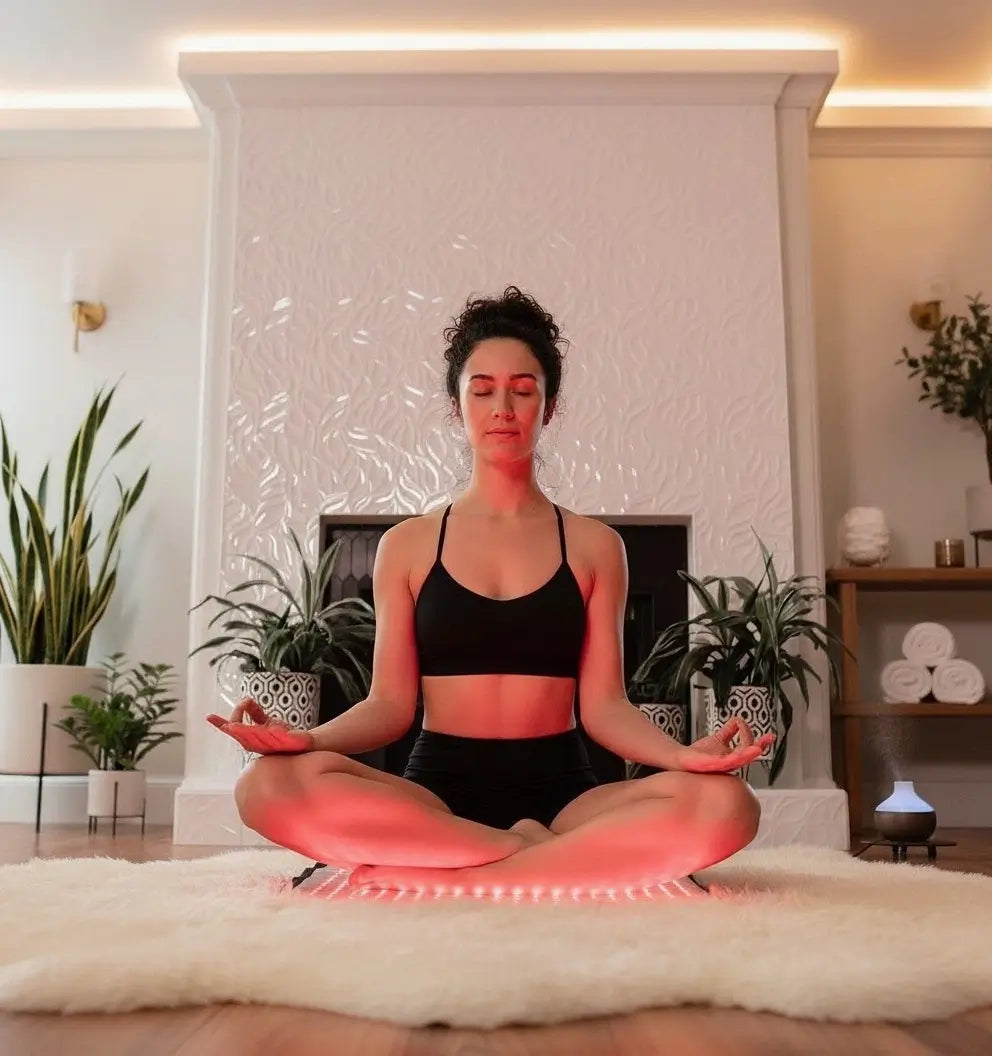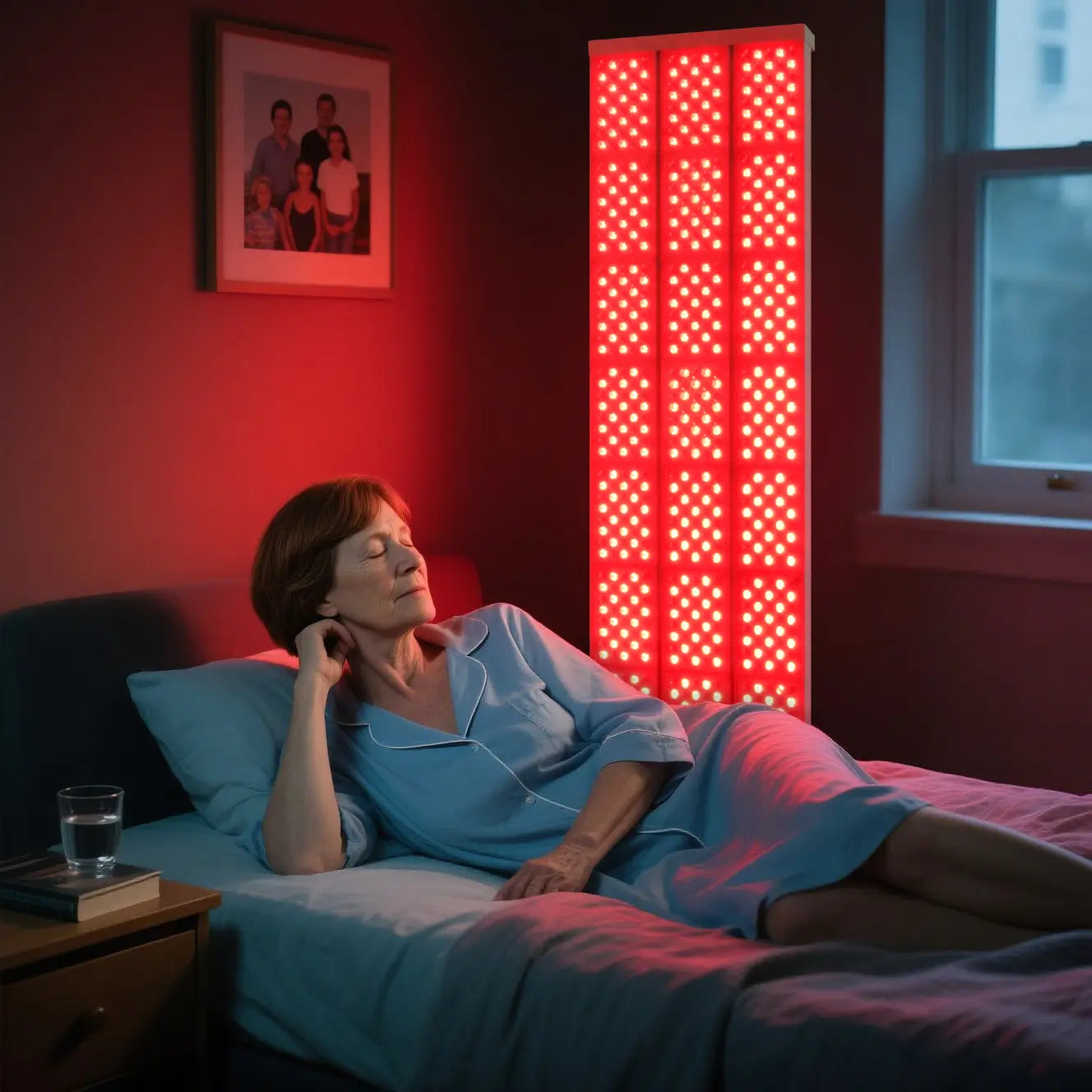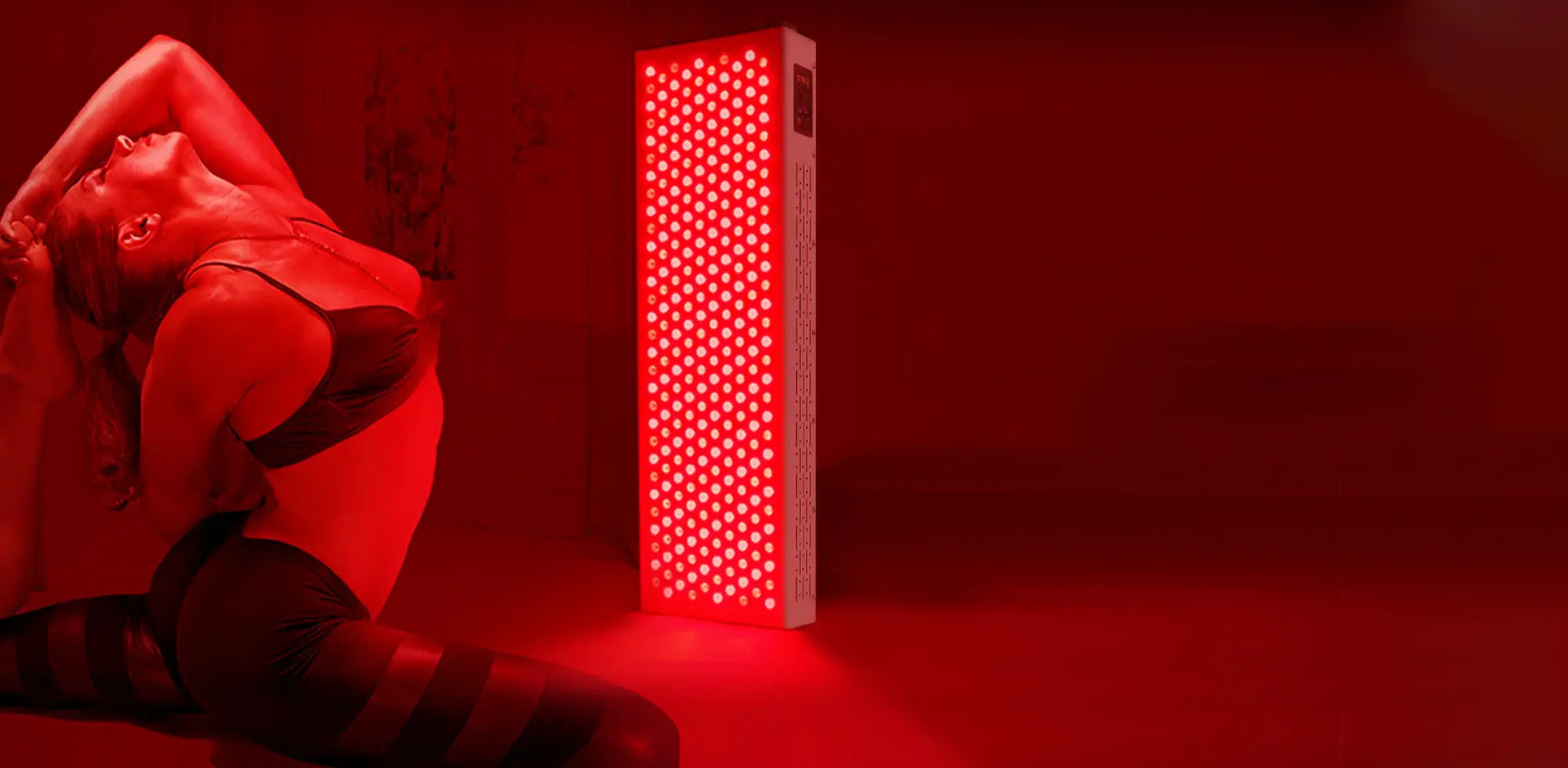It’s unsettling to see more hair than usual on your brush, in the shower, or on your clothes. It’s a personal experience that can be really stressful, and it immediately makes you ask: why is this happening, and more importantly, how to stop hair fall? If you're worried, you're not alone, and the good news is that hair loss can often be managed. The first step to finding a real solution is to understand what’s causing it.
This guide will walk you through everything you need to know. We’ll cover the common reasons for hair loss, go over some practical lifestyle tips, and explore the most effective treatments out there today, from medications to advanced at-home technology. Your path to getting control of your hair health begins right here.

What Are the Most Common Reasons for Hair Fall?
Losing some hair every day is completely normal—most people shed about 50 to 100 hairs as part of a healthy growth cycle. But when you start noticing a lot more shedding, or feel like your hair isn't growing back like it used to, that's when it's time to look for a cause. Here are a few of the most common culprits.
Genetics: For many people, the reason is simply genetic. This is called androgenetic alopecia, better known as male or female pattern baldness. It means your hair follicles are programmed to be sensitive to a hormone called DHT (dihydrotestosterone), which causes them to shrink over time and produce finer, shorter hairs until they stop growing altogether.

- Hormonal Changes: Big life events like pregnancy, childbirth, or menopause can cause major hormonal shifts that often lead to temporary hair shedding. Health conditions that affect hormones, like thyroid disorders or PCOS, can also disrupt your hair's normal growth cycle.
- Nutritional Gaps: Your hair is built from the nutrients you eat. If you’re not getting enough of certain vitamins and minerals, your hair will feel it. Low levels of iron, biotin, zinc, and protein are common culprits behind thinning hair.
- High Stress Levels: A major stressful event—like a surgery, a serious illness, or a big emotional trauma—can shock your system and push many of your hair follicles into a resting state. A few months later, you might notice a lot of shedding at once. This condition is known as telogen effluvium.
- Medical Conditions & Medications: Certain autoimmune conditions, like alopecia areata, cause the body's immune system to attack healthy hair follicles. Additionally, some medications for depression, heart conditions, arthritis, and cancer can have hair loss as a side effect. This is particularly true for chemotherapy, a widely recognized cause of hair loss.
- Tough Hair Habits: Consistently pulling your hair into tight styles like ponytails or braids, overusing heat styling tools, or using harsh chemical treatments can physically damage your hair and follicles, leading to breakage and loss.
Which Lifestyle Changes Can Help Prevent Hair Fall?
Before you look at stronger treatments, it’s amazing what a few healthy habits can do for your hair’s strength and overall health.
Eat for Your Hair: Make sure your diet is packed with hair-supporting nutrients. Focus on lean proteins like chicken and fish, leafy greens like spinach for iron, and healthy fats from avocados and nuts. Foods rich in vitamin C (like oranges), vitamin E (like seeds), and biotin (like eggs) also help keep your scalp and hair in great shape.

- Manage Your Stress: Since stress is a major trigger for hair loss, finding healthy ways to cope is key. Things like regular exercise, meditation, yoga, or just taking a walk outside can help lower your stress hormones and create a better environment for hair growth.
- Be Gentle with Your Hair: Treat your hair kindly. Use a mild, sulfate-free shampoo, rinse with lukewarm instead of hot water, and try to let it air dry more often. When it’s wet, use a wide-tooth comb to gently work through tangles, and give your hair a break from heat styling whenever you can.
What Is the Most Effective Hair Loss Treatment Available?
If lifestyle changes aren't cutting it, there are several proven treatments that can help manage hair loss and even encourage new growth. The best hair loss treatment for you really depends on what’s causing the problem.
1. Topical Treatments (like Minoxidil): Minoxidil is an over-the-counter foam or liquid that you apply directly to your scalp. It’s believed to work by increasing blood flow and delivering more oxygen and nutrients to your hair follicles, which can help bring shrunken follicles back to life. You have to use it consistently to keep seeing results.
2. Oral Medications (like Finasteride): Finasteride is a prescription pill, mainly for men, that works by blocking the production of DHT, the hormone that causes male pattern baldness. It's very effective but requires a conversation with your doctor to see if it's right for you.
3. Red Light Therapy for Hair Regrowth: If you're looking for a drug-free and non-invasive option, red light therapy for hair loss is a powerful, science-backed choice. This technology uses specific, gentle red light to basically "recharge" the cells in your scalp. It works in a few different ways:
- It energizes sleeping follicles: The light gets absorbed by the mitochondria (the powerhouses) in your cells, which helps them produce more energy (ATP). This can "wake up" follicles that have gone into their resting phase too early.
- It boosts blood flow: Better circulation means your follicles get more of the oxygen and nutrients they need to build strong, healthy hair.
- It calms inflammation: Sometimes, low-grade inflammation around the hair follicle can interfere with growth. Red light therapy helps reduce this, creating a healthier scalp.
The easiest and most popular way to use this technology at home is with a red light therapy cap. It's a wearable helmet that you just put on your head for a treatment session, usually around 10 to 25 minutes, a few times a week. Because it’s hands-free, you can read, watch TV, or work while you get your hair loss treatment. For many people trying to figure out how to stop hair fall, a quality red light therapy cap is a fantastic modern solution.

4. Platelet-Rich Plasma (PRP) Therapy: This is a medical treatment where a doctor draws your blood, separates out the platelets to create a concentrated formula, and injects it into your scalp. These platelets are full of natural growth factors that can stimulate your hair follicles.
5. Hair Transplant Surgery: For more advanced and permanent hair loss, a hair transplant is the most direct option. A surgeon moves healthy, growing follicles from a dense part of your scalp to the areas that are thinning. It's a very effective procedure, but it's also a surgical one with significant cost.
When Should You See a Doctor to Stop Hair Fall?
While you can often manage mild shedding at home, some signs mean it's time to talk to a professional.
If your hair loss is sudden or comes out in patches, or if it's accompanied by itching or pain on your scalp, make an appointment with a doctor. A dermatologist or a trichologist (a hair and scalp specialist) can help you get an accurate diagnosis and create a hair loss treatment plan tailored to your specific needs.

How Can You Take Control of Your Hair Health for Good?
Trying to figure out how to stop hair fall can feel overwhelming, but there is a clear way forward. The best strategies usually attack the problem from a few different angles at once. By combining a healthy lifestyle and gentle hair care with a targeted and proven hair loss treatment, you can make a real difference in the health and fullness of your hair.
Modern, non-invasive solutions like a red light cap give you a powerful, science-backed tool to support regrowth right from your own home, putting you back in control of your hair health journey.

